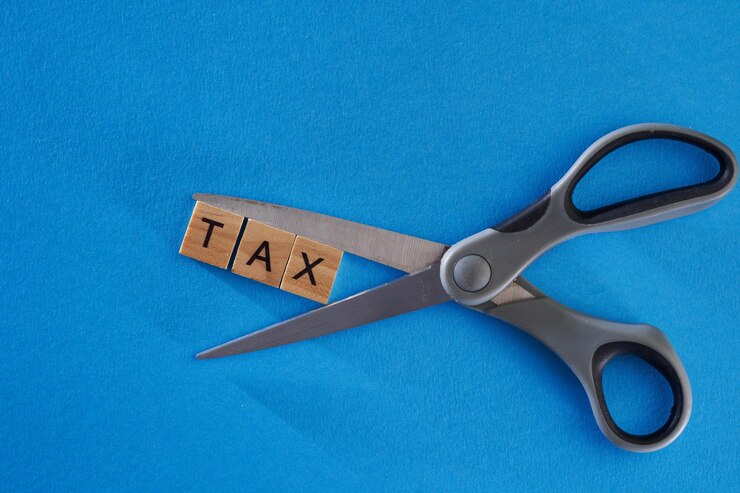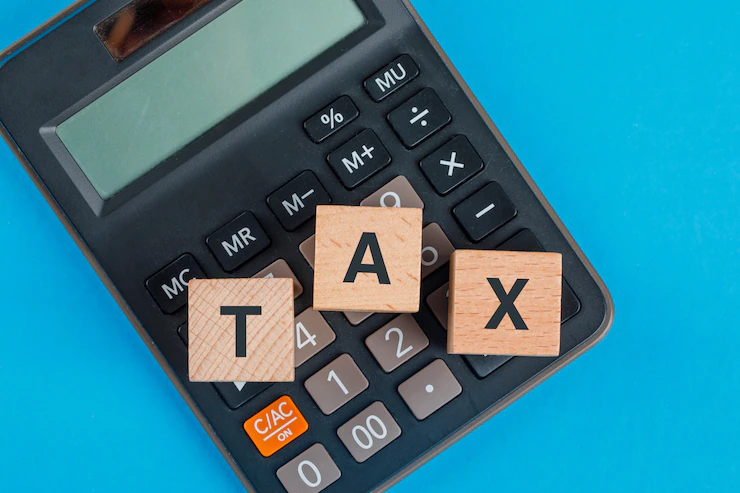If you owe past taxes, you have a number of choices for relief that might help you pay it down gradually or settle your obligation. If your taxes are up to date, there may be extra opportunities to reduce your tax.
Tax relief refers to a number of initiatives and programs created to assist people in settling or lowering their tax bills and obligations associated with taxes. Both people and companies can use these.
However, the programs for which you qualify will depend on your relationship with the IRS, how much tax debt you have, and other variables.
Learn more about tax relief and your potential alternatives by using this information.
What Kinds Of Tax Relief Are There?
There are various ways to receive tax relief. If your tax bills are current, you may be able to do this through tax deductions, credits, and exclusions. If not, you may be able to do this through a repayment plan or a lump-sum payment that is less than the total amount owed.
To view your choices for tax relief, choose the one that most closely matches your situation below:
- Tax relief if your tax payments are currently current
- Tax assistance if you are now in arrears with your payments
- Tax relief if your tax payments are currently current
- You can be eligible for certain tax breaks, credits, and exclusions if you’ve paid all of your taxes and are submitting your tax returns for this year. Depending on the ones you qualify for, these can lower your taxable income or the amount of taxes you actually owe.
Taxes Deductible
You can lower your overall taxable income and the taxes you have to pay on those earnings by taking tax deductions.
Tax deductions are available for a number of things, including:
- Your mortgage or student loan interest payments
- Paid your home’s or other properties’ property taxes
- Sales levy
- Charity contributions
- Cost of health insurance
- Business or employment-related costs
Additionally, there is a basic tax relief that is available to all taxpayers. For a single filer, this deduction is $12,400, and for a married couple filing jointly, it is $24,800. (you cannot claim the above-mentioned itemized deductions in order to claim these.)
Here is an illustration of how the standard deduction may operate. Say you earned $60,000 this past year. You are eligible for the $12,400 deduction as a single individual.
Your taxable income is thus decreased from $60,000 to $48,000 ($60,000 – $12,000). Being in the 22% tax bracket would result in an almost $2,500 reduction in your income tax ($13,000 vs. $10,560).
Tax breaks
Tax deductions and tax credits operate in different ways. These lessen your real tax bill or the total amount of money you owe the government for the year, rather than your taxable income.
If you have a kid and qualify for the dependent tax credit ($2,000 per child), your ultimate tax payment would be reduced by that amount. For instance, the credit would lower your yearly tax obligation from $10,000 to $8,000, which is a sizable saving.
Tax credits are available for:
- Having a dependant (kid, for example)
- A kid was adopted during that tax year
- Aging or having a disability
- Education-related costs
- Childcare expenses
- Putting money into a retirement plan
- Putting in a solar power system
Taxes excluded
Tax exclusions allow you to lower your taxable income, just like deductions do. The distinction, in this case, is that exclusions provide you the option to exclude an entire revenue stream from your taxable income.
Company-sponsored healthcare plans are a prime illustration. The expenses paid for by your employer do not affect your taxable income, despite the fact that they are frequently seen as “benefits” and a component of your compensation as an employee. One of the most typical tax exemptions is this one.
Among other tax exemptions are things like:
- Some sources of income from abroad
- Disability compensation
- Payments for assistance from natural disasters
- Subsidies for housing or rent
- Tax assistance if you are now in arrears with your payments
There are various types of tax relief that can be helpful if you haven’t paid your taxes yet or owe money for prior years’ taxes.
You have the choice to settle your debts for less than you owe or to pay off your obligations entirely (over time). The choices that are currently available are shown below.
Fresh Start Initiative
The IRS has a program called fresh start for people who are behind on their tax payments. You can settle your debt for less than you actually owe by using the program’s offer in the compromise option. The IRS’s acceptance of your offer will be based on your income, assets, and household costs.
You’ll have two choices for making your payments if you’re accepted. You may either make a single payment with your offer and pay the remaining money off monthly over the following six months to two years, or you can make a lump sum payment ahead (at least 20% of the offer) and pay the remainder off within five months.
The approval of offers in compromise is typically seen as being challenging. Fortunately, the IRS provides a pre-qualifier tool to assist you in determining whether it could be an option in your particular situation. You’ll need form 656-b in order to apply.
You have the option of employing a tax relief firm if the 32-page paperwork is stressing you out. They’ll represent you in dealings with the IRS and can advise you on the right sum to offer. Here are a few businesses to think about:
Additional tax breaks
There are further options outside the fresh start program that you might look into.
Even though they won’t lower your overall debt, these can make it simpler for you to repay your loan by either canceling some fees or allowing you to stretch out your payments over time.
Installment contracts
An installment arrangement, commonly known as a payment plan, is the first choice. These provide you the option to pay back your tax obligation over a longer period of time, thereby making them simpler to budget for.
What you should know about installment contracts is as follows:
For instance, if you owed $30,000 and requested a five-year installment arrangement, you might pay off your debt with just a $500 monthly payment ($30,000 / 60 months). This arrangement is probably far more reasonable than paying back the $30,000 in full.
Again, if submitting an application for this kind of payment plan sounds overwhelming, a tax relief specialist can assist. To get started, check out our ranking of the top tax relief businesses.
Penalty Reduction Or Interest Reduction
There’s a possibility you could be able to have the fines, administrative fees, or high-interest rates associated with your past-due tax payments waived. You must establish what the IRS refers to as “reasonable cause” for why your tax bills remained unpaid in order to be eligible.
The organization suggests some situations, including a home fire, a family member passing away, or a natural calamity. There is further information here if you’re unsure if you’d be eligible.
You can determine whether penalty relief or abatement may be available in your particular situation by consulting a tax relief business. They could also raise your likelihood of finding one.
Read Also:






























